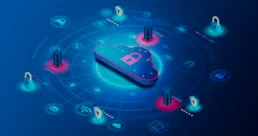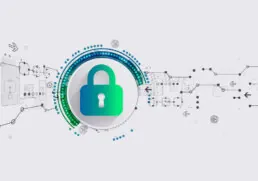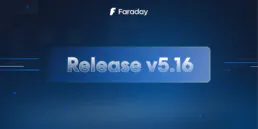Expanded Attack Surface: How to Optimize Time and Resources in Cybersecurity

Security teams of all sizes, from large Fortune 500 companies to small NGOs, face the same problem: a lack of time and an ever-expanding attack surface. Time to detect vulnerabilities, time to decide what to do, time to act, and time to allocate resources. It is a continuous and constant game in which it is essential to focus on finding a more agile framework to detect, act, and resolve vulnerabilities.
A vulnerability is a weakness in an information system, security procedures, internal controls, or implementation that can be exploited, thus compromising the security and integrity of the system. A recent study states that 66% of security teams have over 100,000 vulnerabilities in their backlog. This growing need for security with increasingly extensive attack surfaces is compounded by an insufficient number of professionals to hire.
The challenges are multiple. Practicing vulnerability management is the first step to organizing the chaos and maintaining peace in systems increasingly exposed to threats and attacks.
- Lack of time: Vulnerability management platforms offer an initial response for both expert and non-expert cybersecurity teams to address the many challenges they have.
- Expanding attack surface: Quickly and agilely, monitoring and covering their attack surfaces.
- Limited resources: An imperative need for effective vulnerability management.

A very traditional approach to cybersecurity in terms of vulnerability management is to perform specific scanning activities, for example, with specific time limits, at monthly, quarterly, or even annual intervals. As a result, this approach gives a false sense of security. Security is something we must practice every day. Attackers work without time intervals and do so constantly to identify vulnerabilities, exploit weaknesses, and compromise vulnerable systems, software, and applications.
This harsh reality requires a more dynamic, daily, iterative, and continuous approach to vulnerability management. Using such a platform becomes essential to scan and prioritize thousands of vulnerabilities, primarily automating tasks and keeping the infrastructure secure.
This harsh reality requires a more dynamic, daily, iterative, and continuous approach to vulnerability management. Using such a platform becomes essential to scan and prioritize thousands of vulnerabilities, primarily automating tasks and keeping the infrastructure secure.
Importance of Vulnerability Management Platforms
A platform like Faraday and its services address this problem. It provides an agile and dynamic framework for vulnerability management, allowing security teams to automate the detection, prioritization, and resolution of threats.
Case Study: Cybersecurity with Faraday
With its continuous scanning capability and iterative approach, Faraday ensures that organizations can stay one step ahead of attackers. Additionally, it has a consulting team that addresses specific and complex problems for demanding security teams. This team works closely with organizations to understand their needs and develop customized strategies that strengthen their security posture. They help implement best practices, optimize security processes, and ensure that solutions adapt to the changing demands of the digital environment.
Benefits:
- Reduction of Workload: Eases the heavy workload of security teams.
- Adaptability: Adapts to the changing demands of the digital environment.
- Resilient Infrastructure: Helps build proactive and resilient security infrastructure.
Conclusion
In an increasingly connected world exposed to risks, vulnerability management platforms like Faraday are essential to protect security infrastructures. The combination of advanced technology and professional advice ensures that organizations not only identify and mitigate vulnerabilities but also strengthen their security infrastructure.
For those interested in taking their first steps in cybersecurity, you can read the following articles (part 1, 2 y 3)
Related Posts
September 22, 2025
Lanzamiento Faraday v5.16
¡Bienvenido a la nueva versión de nuestra plataforma de Gestión de Vulnerabilidades! Esta actualización introduce filtros granulares por…
September 22, 2025
Faraday v5.16
Welcome to Faraday v5.16, the new version of our Vulnerability Management platform! This update introduces granular filters by date and…

